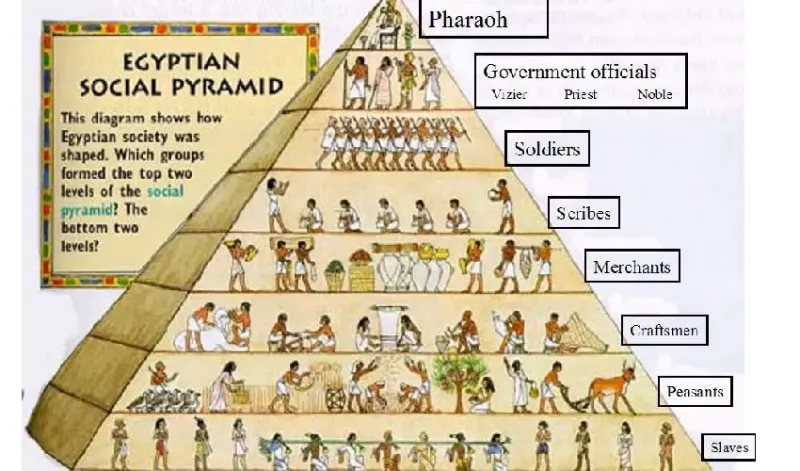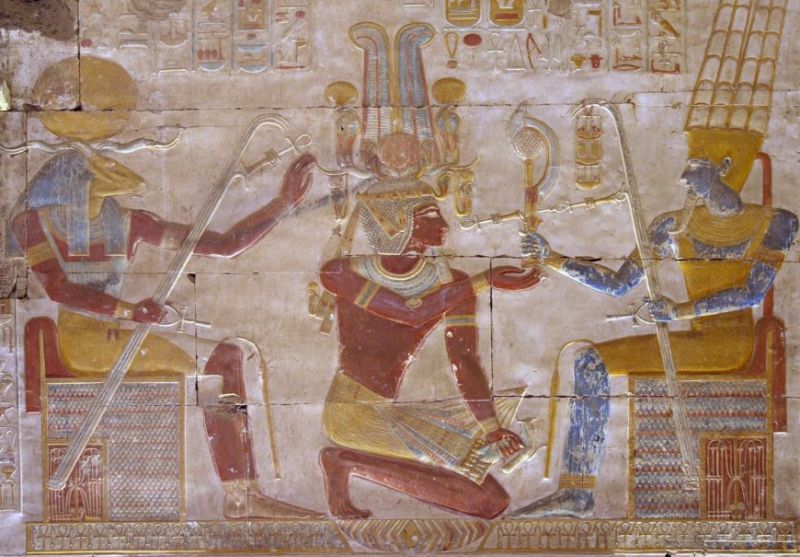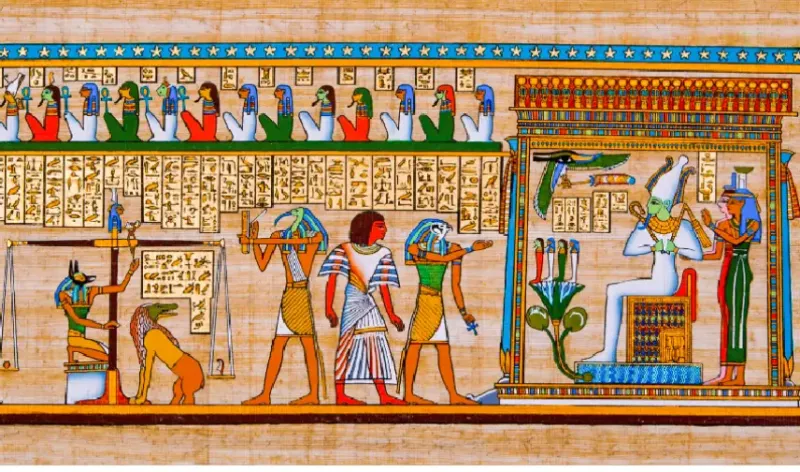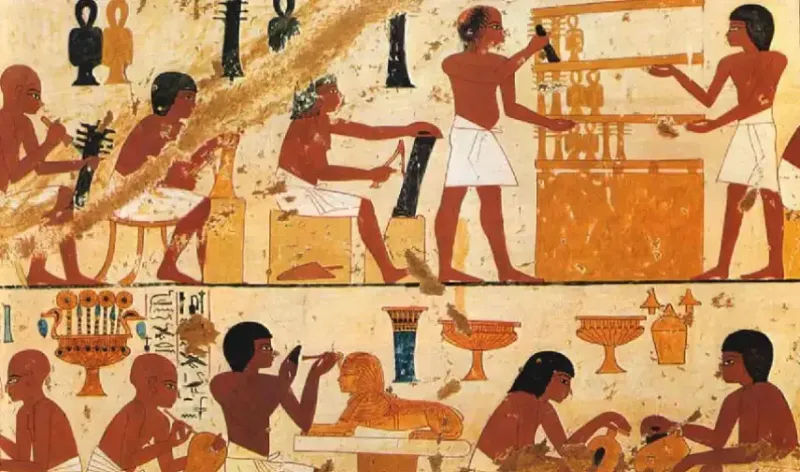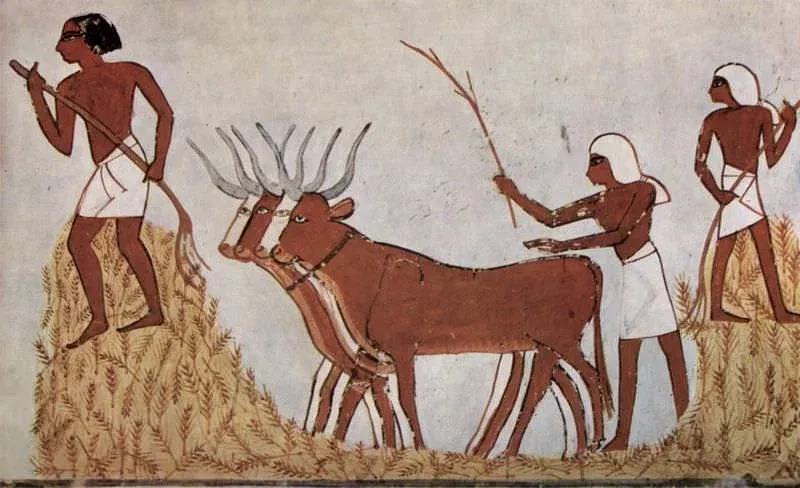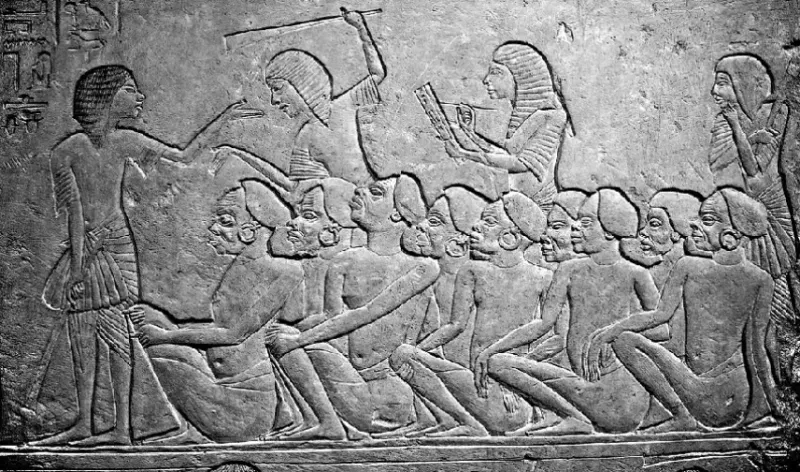Introduction: Understanding the Ancient Egyptian Social Pyramid
The Ancient Egyptian Social Pyramid represents one of the most enduring symbols of the civilization’s complex and stratified society. From the powerful Pharaoh at the top to the laborers at the bottom, each individual’s place in Egyptian society was dictated by a strict hierarchy. This pyramid structure, with its clear divisions, helped organize the ancient Egyptians in a way that promoted stability, order, and efficiency.
In This Article, You’ll Discover:
- The Structure of the Ancient Egyptian Social Pyramid: A detailed look at the hierarchy, from the Pharaoh at the top to the laborers at the bottom.
- The Role of the Pharaoh: Explore the absolute power of the Pharaohs and their role as both political leaders and divine rulers.
- The Nobility and Priests: Learn about Egypt's elite class, including high-ranking officials and powerful priests who guided religious and political life.
- Scribes and Officials: Understand the importance of scribes and officials in maintaining Egypt’s bureaucracy, from recording laws to overseeing administration.
- The Middle Class: Dive into the lives of artisans, merchants, and soldiers, and their essential contributions to Egypt’s economy, culture, and military.
- The Lower Class: Discover the lives of farmers, laborers, and slaves who were the backbone of ancient Egyptian society and how their work supported the entire kingdom.

